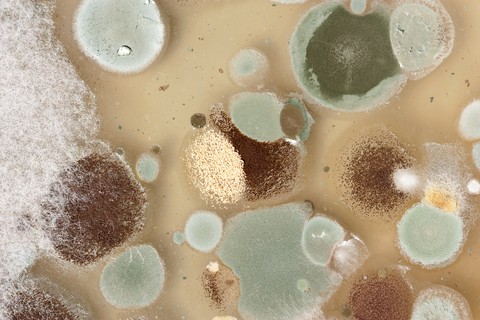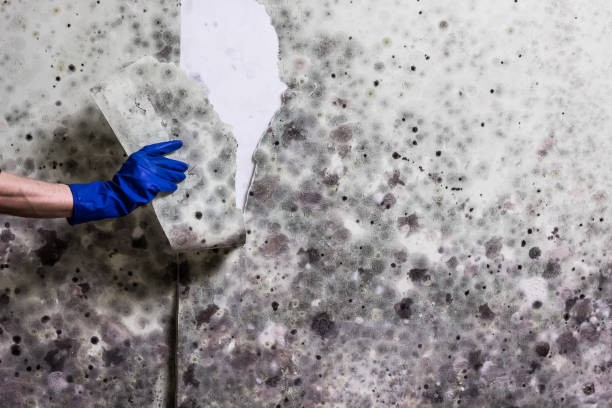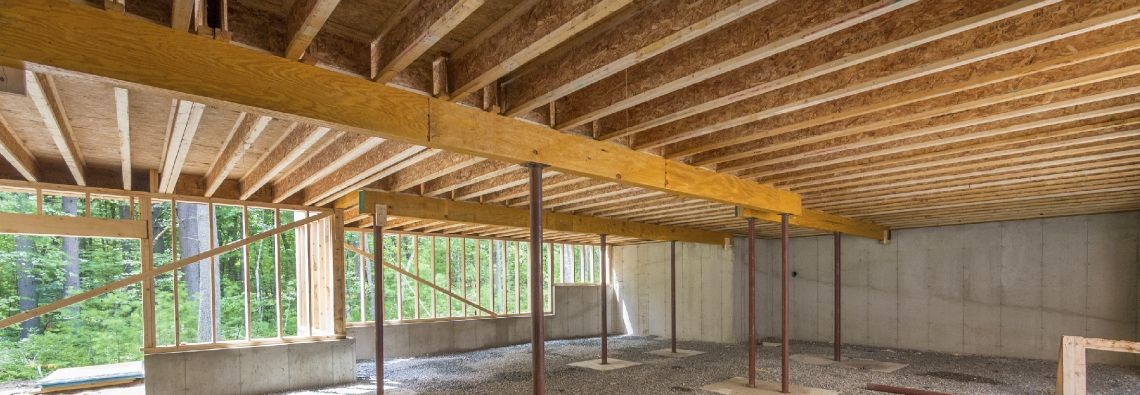When is Mold Season and What Causes It? Exploring Insights and Solutions
”Mold season” is not something that the average person puts on their calendar every year. On the other hand, indoor mold doesn’t mind if it goes unnoticed during its peak growth periods.
When is the worst time of year for mold?
Mold, like other natural phenomena, goes through growth cycles. Climate does have an impact on mold growth, with certain seasons providing better conditions than others.
Decoding the Timing of Mold Season: Expert Insights
Mold season lasts from early spring to late summer, with midsummer being the busiest time for mold growth. This is especially true in a climate like Ontario, where summers are extremely humid and hot. With summer coming to an end, now is an excellent time to inspect your home for any mold that may have grown this year. When considering only the outdoors, the widespread availability of damp, moist air checks two of the three boxes required for mold growth.
This means that during the summer, mold only requires an organic food source with a cellulose base. Even with air conditioning, Ontario homes can become damp and humid, and this is terrible news.
This is because mold can consume building materials while surviving in a well-ventilated environment. Wallpaper, plaster, wood boards, and human dust or oils are all examples of mold food.
In other words, allergy season usually coincides with peak mold growth.
The Effects of Each Season on Mold Growth
Is mold more prevalent in the summer or winter? Because the conditions for indoor mold growth are so readily available, both seasons can be just as bad.
Spring
Mold is ‘activated’ by spring. The rising temperature and constant rain provide an ideal seedbed for mold spores to re-grow. During this time, dormant mold spores will become active.
Summer
As previously stated, the best season for mold growth in mid-summer. When the summer heat arrives, spring run-offs and rainwater dissolve into humid air. Mold thrives in warm, moist air, making it easy to grow anywhere there is a food source.
Autumn and winter
In terms of climate, fall brings cooler weather, which slows mold growth. To thrive, mold spores require a specific temperature range. Mold, in particular, cannot grow at temperatures below 40 degrees Fahrenheit (4 degrees Celsius). As a result, mold has a more difficult time growing in a refrigerated environment. Mold spores go into ‘hibernation for the winter months because winter temperatures are much colder than a fridge.
Is it true that mold dies in the winter?
During the winter months, no mold dies. Indoor mold growth occurs as a result of the consistency of indoor climates. Though mold cannot replicate or grow at temperatures below freezing, spores can enter a state of ‘hibernation until conditions change.
Mold can appear seemingly out of nowhere in almost any location for the same reason. Mold spores are deactivated all around you, and they only activate when there is enough heat, moisture, and food. Despite the dry winter air, mold can grow indoors due to indoor heating during the winter. Only mold remediation can eliminate mold.
What You Can Do to Prevent Indoor Mold Growth Throughout the Year
Though mold can only be removed through remediation, there are many steps you can take to keep your home mold-free all year. The answers to mold prevention understand the three mold growth requirements, how the current season encourages or discourages growth, and how to starve these conditions.
Use a dehumidifier to reduce moisture in the air during the summer and spring. Moisture levels above 60% cause mold growth.
Run the air conditioner as well as the dehumidifier.
Any spills should be cleaned up right away.
Allow for some ventilation by opening a window on occasion.
In the fall and winter, clean up any spills as soon as possible.
Use proper ventilation in areas such as the shower and kitchen.
Open a window now and then to increase ventilation and dry air.
Contact Ace Environmental Services Ltd today and get a free quote for mold testing and removal services. We can also offer ear testing, to ensure no mold spores have gotten into your ears.






